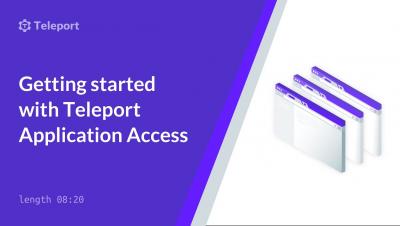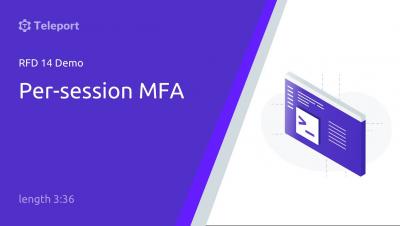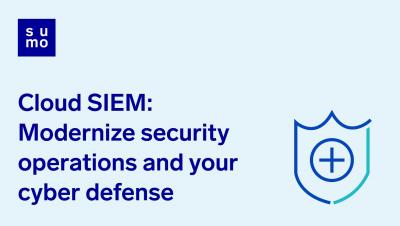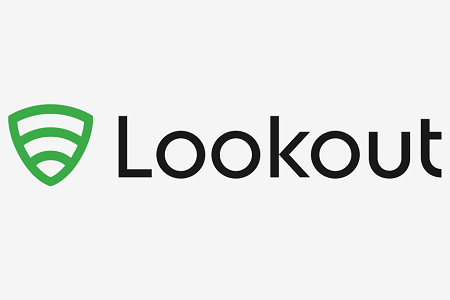Security | Threat Detection | Cyberattacks | DevSecOps | Compliance
Technology
Preventing Recent Microsoft Exchange Vulnerabilities and Similar Attacks Using Netskope Private Access
On March 2, Microsoft released patches to address four zero-day vulnerabilities in Microsoft Exchange Server software. Those vulnerabilities, known collectively as ProxyLogon, affect on-premises Exchange Server 2013, Exchange Server 2016, and Exchange Server 2019. (Exchange Online, which is part of Microsoft 365, has not been affected.)
Getting started with Teleport Application Access
0:00 Intro
1:09 Docker Setup & Grafana setup
2:27 Setup and Install Teleport
4:33 teleport configure
5:30 teleport start
6:12 tctl users add & Local user setup
7:00 Accessing Grafana via Teleport
7:58 Conclusion
RFD 14 Demo - Per-session MFA
This video is a demo of our per-session MFA coming in Teleport 6.1 https://github.com/gravitational/teleport/blob/master/rfd/0014-session-2FA.md#rfd-14---per-session-mfa
Straight Talk Series: Data Context Defines Next Gen SWG
What you need to know about DPIAs
Data protection impact assessments (DPIA), sometimes referred to as a Privacy Impact Assessment (PIA), are a tool used to describe how you intend to process and protect the personal information(PI, PII, etc) of individuals. Many forms of regulation including the GDPR and some compliance standards will require a DPIA depending on the risk levels associated with the data you are processing.
Cloud SIEM: Modernize Security Operations and your Cyber Defense
When legit apps turn malicious. (It happens more often than you think.)
A popular Android app Barcode Scanner was recently found to be infected with adware. After an update in late 2020, it started pushing advertising to users without warning. The QR code scanning app has been on the Google Play Store for years with over 10 million downloads and a high rating from users. So what happened? This actually happens pretty often.
Cloud Threats Memo: Keeping Sensitive Data Safe From Personal Instances
Cloud-native threats have multiple implications. We are used to seeing legitimate cloud applications exploited within sophisticated kill chains, and we forget the basics: such as the risks posed by Shadow IT, like when personal email accounts are used to improperly handle corporate data. This is a very real risk right now, when users are working almost completely from home and the line between the professional and personal use of work devices is blurred.











